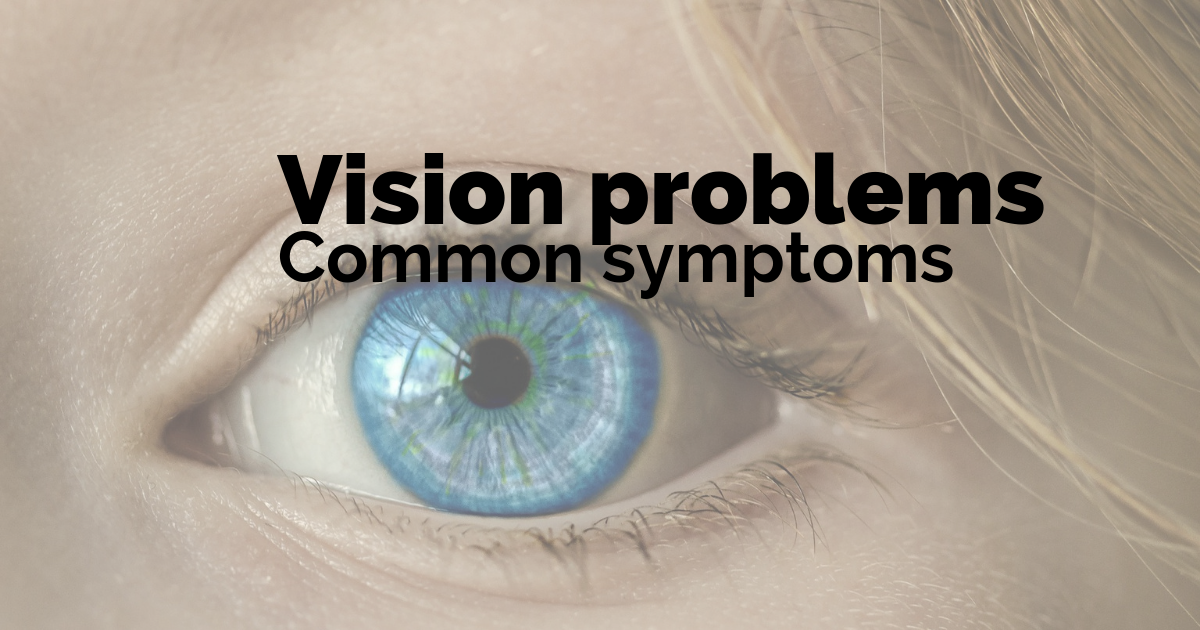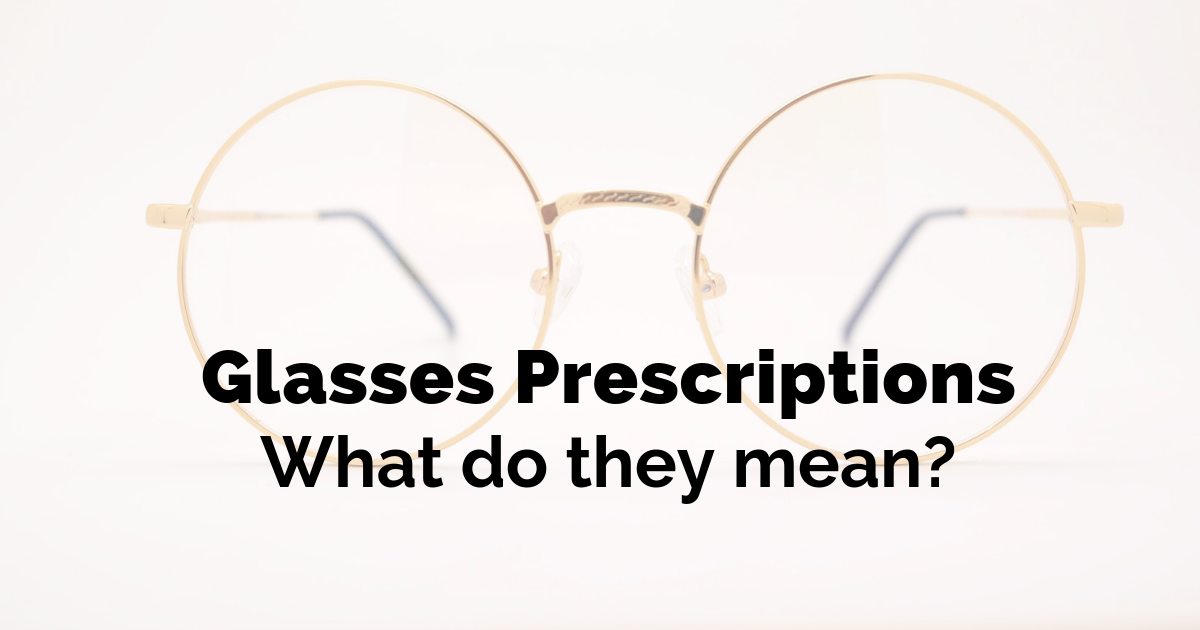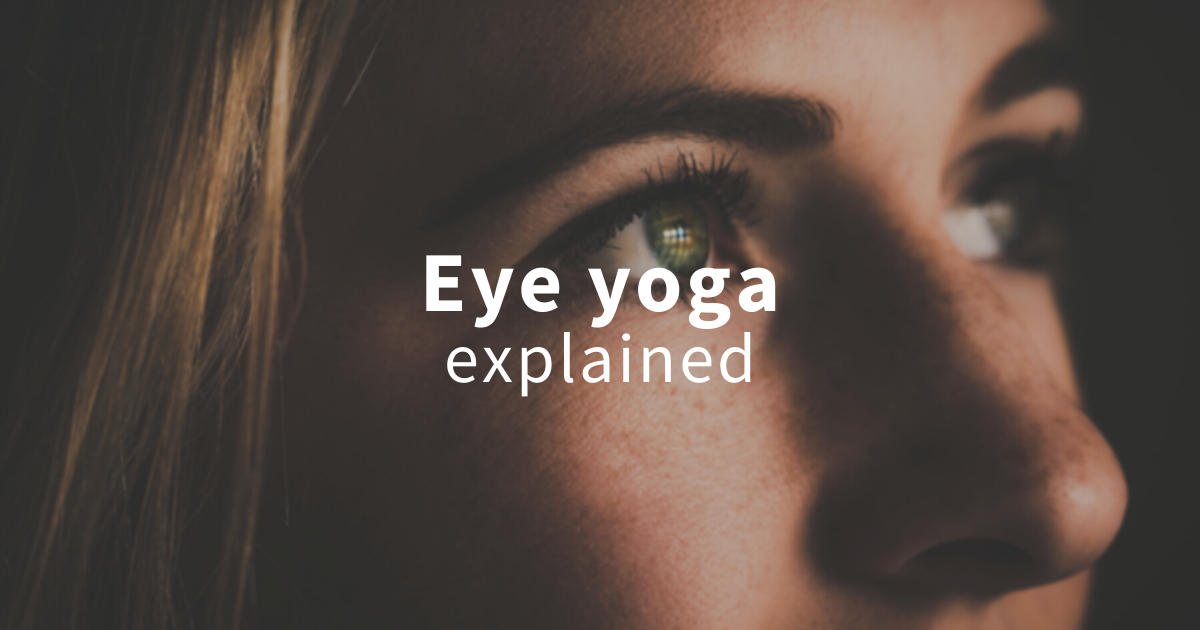Vision problems
Eyes are one of the most fragile and sensitive components of your body and it’s because of this that they can be susceptible to a number of problems over the years.
Understanding what sudden vision changes mean and when they could be symptoms of a more serious vision problem can really help you to keep on top of your eye health and your eyesight. With that in mind, we’ve created a quick and simple guide which highlights a number of sudden vision changes and the problems they could be symptoms of.
Common symptoms
Clouded vision
Cloudy vision is a common symptom which older people typically experience (but younger people can too). This could be the start of cataracts developing, which is caused by the lens inside your eye becoming cloudy as you age.
Clouded vision is painless and is usually easily recognised by your optician at a standard eye examination. It’s important to keep on top of your eye appointments to make sure symptoms like this are picked up during their early stages.
Treatment varies depending on the severity, from altering your glasses prescription to undergoing surgery. To reduce the likelihood of clouded vision and cataracts forming, check to see if any of your medication is linked to these symptoms, whilst limiting the amount of UV light you are exposed to. Diabetes also can be a cause of cataracts, so seeking advice about making adjustments to your lifestyle can reduce the effects of diabetes or can mitigate symptoms.
Did you know? Glasses are hard to come by for people in developing countries, but they can make a life-changing impact, especially to those with clouded vision. That’s why we work with Sight to Save to promote eye health within the communities that need a helping hand.
Floaters
Floaters is the term used to describe the faint shapes that float across your vision every so often. They can be caused by old age when the jelly in the eye changes, but they can also be a symptom of more serious conditions such as a retinal tear or detachment. If you begin to see floaters in your vision more often, visit your optician or speak to the eye department at your local hospital as soon as possible.
Bloodshot and watering eyes
Bloodshot and watery eyes are probably the most common eye problems. They can be caused by various things, but providing no pain is associated, the symptoms are easily treatable.
They are often caused by debris around the eye, or by irritants like allergies. Allergies causing issues with the eyes are easily treatable with over the counter antihistamines. However, prolonged symptoms due to allergies can cause more severe problems like conjunctivitis, or chronic inflammation, in some cases.
Hyperopia and Myopia
More commonly known as farsightedness and nearsightedness respectively, Hyperopia and Myopia are common eye problems which cause blurred vision for either long distances or short distances.
Consulting an optician for an eye test can determine the extent of these eyesight problems as well as determining solutions for your own specific case. In most cases, prescription glasses or contact lenses are required.
Wearing stylish frames is a fashionable way to make up for your eyesight problems. To get the ball rolling, check out some frames for men or women’s glasses from the Arlo Wolf collection.
Rarer Symptoms
Corneal Ulcers
In severe cases of eye infection, ulcers can develop in the cornea, on the front of the eye in the form of a small crater.
Contact lens wearers are at a much higher risk of infection – in fact, research from Prevent Blindness suggests that more than 80% of contact lens wearers are at risk of infection due to unsafe practices. Make sure to maintain reasonable eye hygiene as well as following guidance for safe contact lens use, all of which should help to prevent the chances of developing corneal ulcers.
To reduce your chances of corneal ulcers, why not switch to wearing prescription glasses as a cheaper, more environmentally friendly and stylish alternative. For contact lens wearers who are yet to find their perfect frames, check out the Try Before You Buy service available at Arlo Wolf.
Abnormal flashing lights
Flashing lights can be a symptom of retinal detachment, where a build-up of fluid can separate the retina from the back of the eye. Other symptoms can include floaters and a curtain-like shape drawn over your vision.
While there are few preventable techniques to mitigate these types of vision problems, being responsive and seeking advice from your optician or local eye hospital can lead to quicker solutions and could prevent permanent damage.
Inflamed or itchy eyelids
Irritated skin around the eyes is often linked to inflammation of the eyelids, known as Blepharitis. This is often triggered by infection, skin conditions or a problem with the oil glands. Preventative measures for this symptom can include keeping on top of hygiene around the eyes, especially if you are prone to these kinds of eye problems.

 How to take care of your eyes on holiday
How to take care of your eyes on holiday What does my glasses prescription mean?
What does my glasses prescription mean? What is eye yoga and does it really work?
What is eye yoga and does it really work? 5 health tests to get in 2020
5 health tests to get in 2020